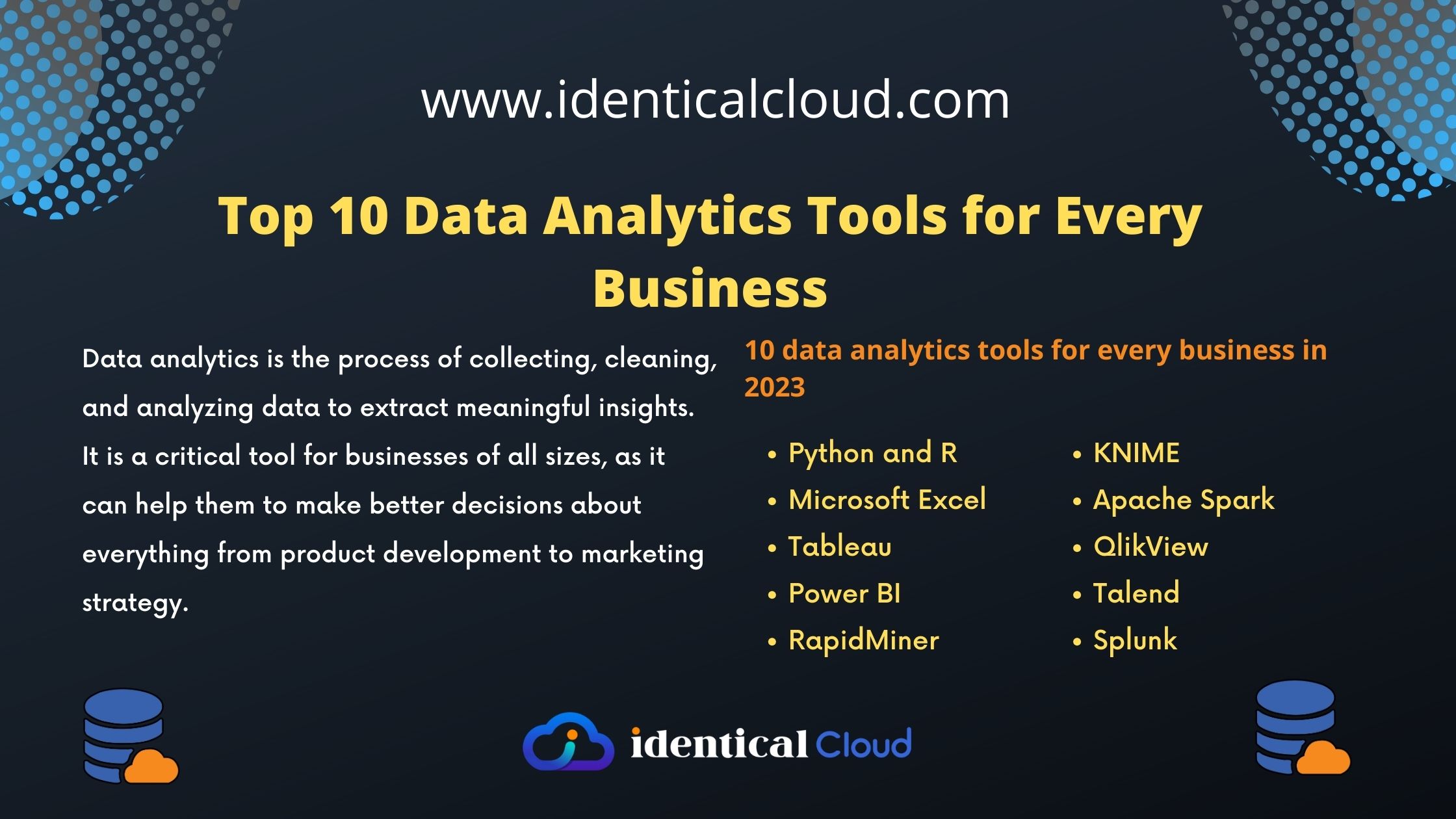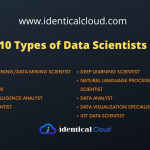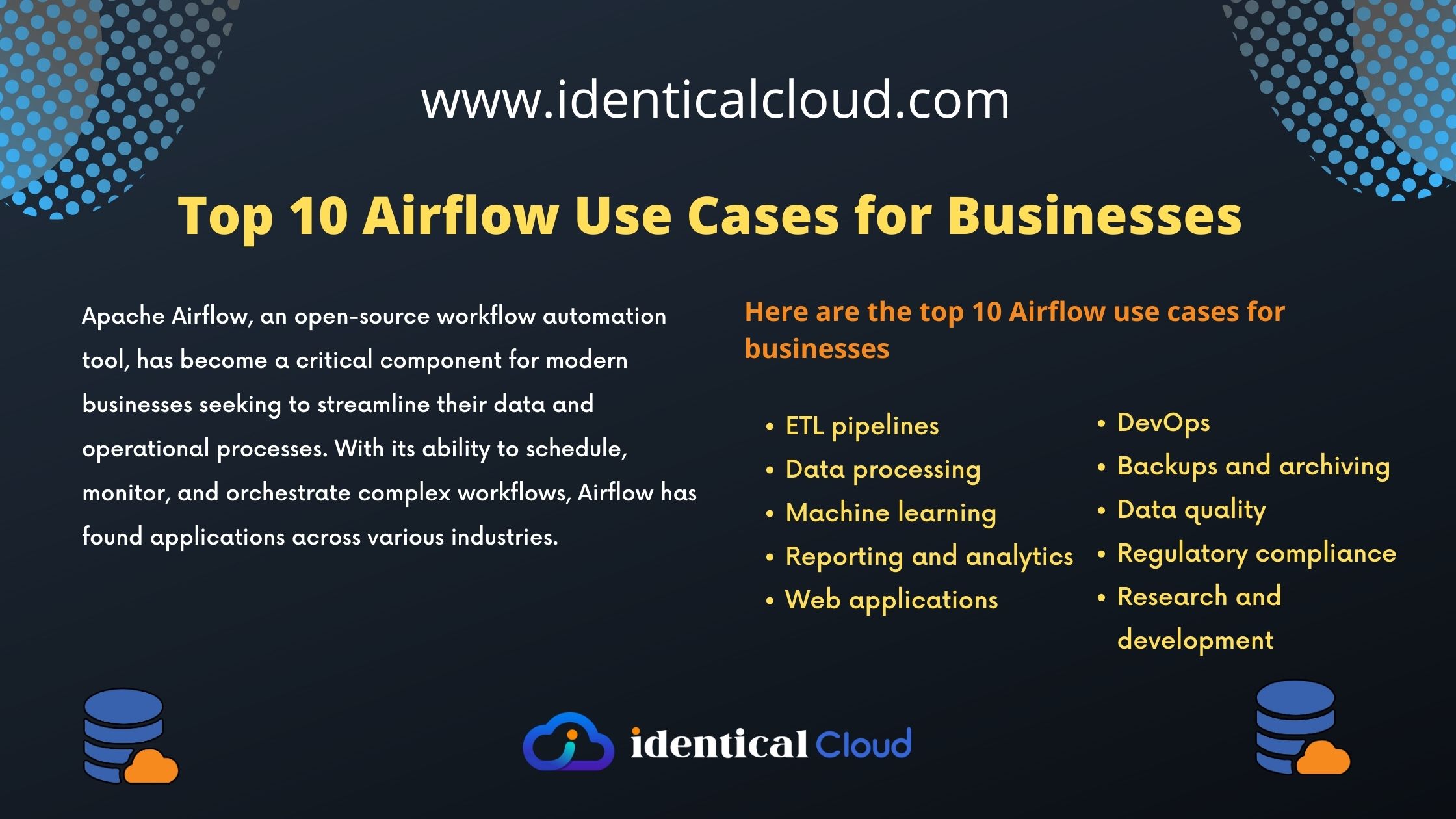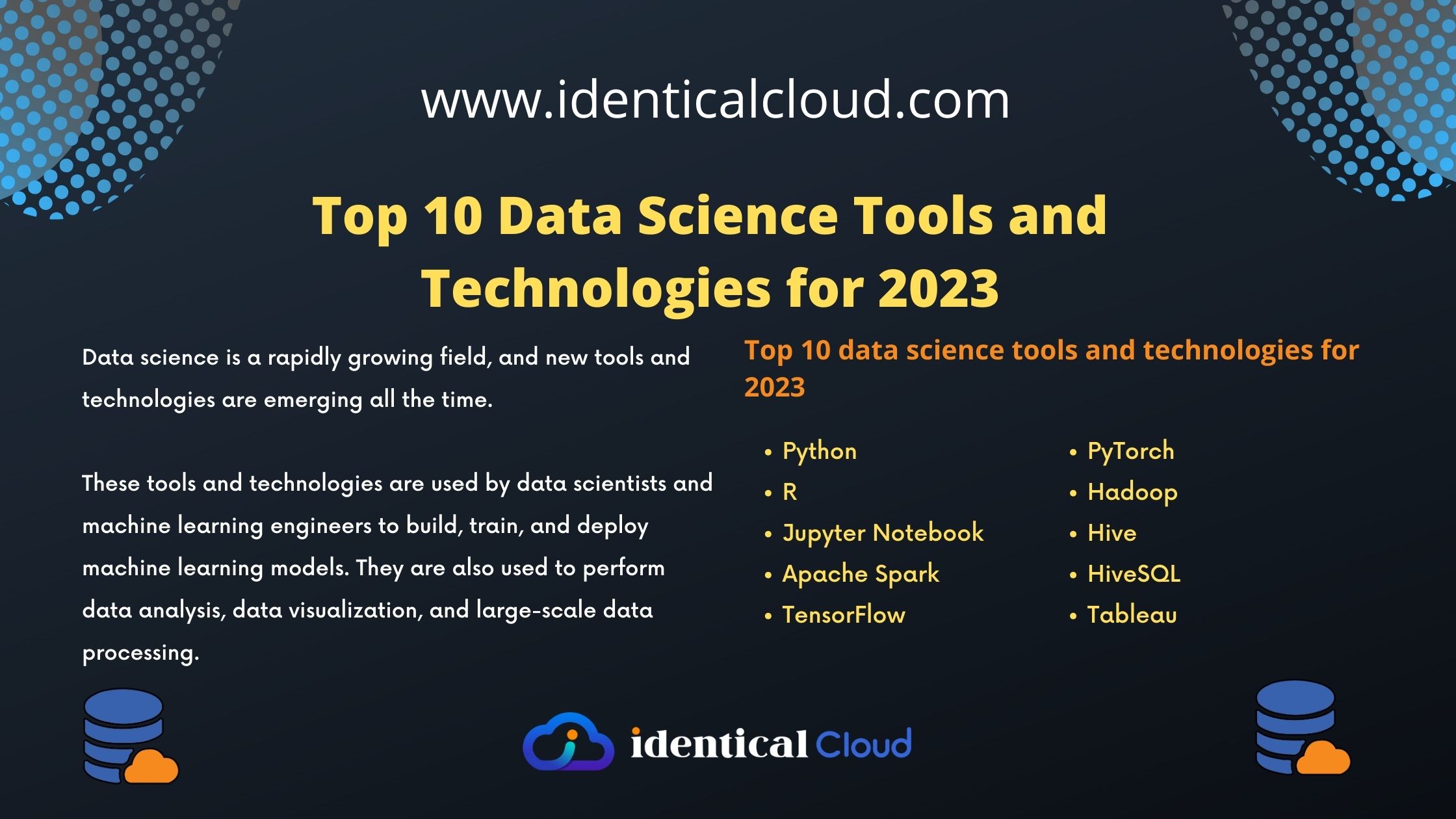
Top 5 Data analysis techniques for your business
Top 5 Data analysis techniques for your business
Data analysis is the process of collecting, cleaning, and interpreting data to gain insights that can be used to make better decisions. It is a powerful tool that can be used to improve business performance in a variety of ways.
Here are the top 5 data analysis techniques for your business:
Descriptive analysis
Descriptive analysis is the simplest form of data analysis. It involves summarizing the data to describe its main features. This can be done by calculating descriptive statistics, such as the mean, median, and standard deviation.
For example, you could use descriptive analysis to summarize the sales data for your business. This would give you an overview of how much you are selling, which products are selling the best, and which regions are generating the most sales.
Here are some specific examples of descriptive analysis:
- Calculating the average age of your customers
- Finding the most popular product in your catalog
- Identifying the most profitable sales channel
- Analyzing the trends in your sales data over time
Diagnostic analysis
Diagnostic analysis is used to identify the causes of a problem. It involves looking for patterns in the data that can be used to explain why something is happening. For example, you could use diagnostic analysis to identify the factors that are leading to customer churn.
To do this, you would need to collect data on customer churn, such as the reasons why customers are leaving your business. You could then use this data to identify the factors that are most strongly correlated with customer churn.
Here are some specific examples of diagnostic analysis:
- Analyzing customer surveys to identify the reasons why they are leaving your business
- Correlating customer churn with other data points, such as the products they have purchased or the services they have used
- Using machine learning to identify the factors that are most strongly correlated with customer churn
Predictive analysis
Predictive analysis is used to predict future events. It involves using statistical models to make predictions based on historical data. For example, you could use predictive analysis to predict which customers are likely to churn.
To do this, you would need to collect historical data on customer churn, such as the products they have purchased, the services they have used, and the interactions they have had with your business. You could then use this data to train a predictive model that can predict which customers are most likely to churn.
Here are some specific examples of predictive analysis:
- Using a customer churn model to predict which customers are most likely to leave your business
- Forecasting sales for the next quarter
- Predicting the demand for a new product
- Identifying the most likely customers to respond to a marketing campaign
Prescriptive analysis
Prescriptive analysis is used to recommend actions that can improve business performance. It involves using models to identify the best course of action to take in a given situation. For example, you could use prescriptive analysis to recommend which marketing campaigns are most likely to be successful.
To do this, you would need to collect data on marketing campaigns, such as the cost of the campaign, the number of leads generated, and the number of sales closed. You could then use this data to train a prescriptive model that can recommend the best marketing campaigns to run.
Here are some specific examples of prescriptive analysis:
- Recommending the best marketing campaigns to run based on your budget and target audience
- Optimizing your pricing strategy to maximize profits
- Allocating resources to different departments to maximize efficiency
Text analysis
Text analysis is used to extract insights from text data. This can be done by using natural language processing techniques to identify patterns and trends in the text. For example, you could use text analysis to identify customer sentiment from social media posts.
To do this, you would need to collect social media posts from your customers. You could then use natural language processing techniques to identify the sentiment of the posts, such as positive, negative, or neutral.
Here are some specific examples of text analysis:
- Analyzing social media posts to identify the sentiment of customers towards your brand
- Categorizing customer support tickets to identify the most common problems
- Identifying the most important topics in a document
These are just a few of the many data analysis techniques that can be used to improve business performance. The best technique for your business will depend on the specific problem you are trying to solve.
If you are new to data analysis, I recommend starting with descriptive analysis. This will give you a good understanding of your data and the patterns that exist within it. Once you have a good understanding of your data, you can then move on to more advanced techniques, such as diagnostic analysis, predictive analysis, and prescriptive analysis.
Data analysis is a powerful tool that can be used to improve business performance in a variety of ways. By using the right techniques, you can gain insights that can help you make better decisions, improve efficiency, and increase profits.










